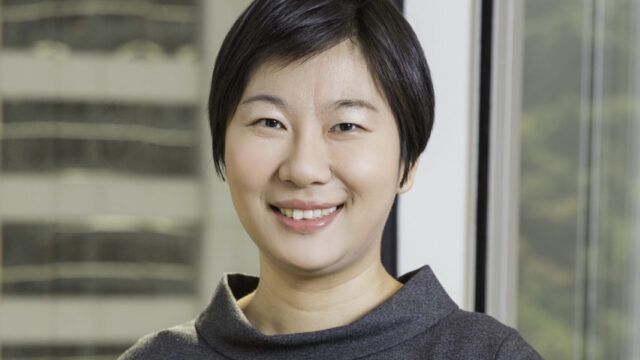Lynda Zhou, Fidelity International
In the coming year, the China will maintain a loose and independent monetary policy, and its equity and bond markets will remain appealing globally, with foreign holdings continuing to rise, argues Fidelity in its 2022 China market outlook.
Equities
Although China is facing pressures from decreasing demand and supply shocks, Fidelity is confident that the economy will bottom out in 2022.
“China has maintained a normal monetary policy throughout the pandemic, and we expect more policy support will be provided for the economy in 2022, while economic structural reforms will continue,” said Lynda Zhou, equity portfolio manager at Fidelity International.
In terms of performance, growth and valuations, Zhou believes A-share core assets are “fairly appealing”, especially in the consumption, building materials and related sectors around the real estate supply chain.
She believes profitability will recover for the middle and lower reaches of consumer goods companies with strong bargaining power in the coming year.
Since the outbreak of the pandemic, China has continued the promotion of “the strong get stronger”, which benefitted leading companies in both emerging and traditional industries, Zhou noted.
For example, market share and concentration have increased for leading enterprises in architectural coatings, waterproof materials, catering, and hospitality.
Despite disruptions in the supply chain, Zhou believes there is potential for China to replace imported goods by domestic products, and there are good investment opportunities in “specialised, sophisticated, distinctive, and innovative” small- and medium-sized enterprises, such as those specialised in semiconductors, industrial coatings and machinery parts.
Zhou’s views are echoed by Wang Hanfeng, chief strategist at CICC, who also believes Chinese equities will benefit this year from more accommodative government policies.
Combined with low stock valuations and strong inbound capital flows, Wang thinks investors should not be pessimistic about Chinese equities in 2022.
Fixed income
The size of the Chinese bond market reached RMB130trn in mid-December, while medium and long-term pure bond funds have also become a growing trend in recent years.
“Going into 2022, we believe that global capital inflows will continue to accelerate China’s bond market, given the appealing yields and its inclusion into the three main global bond indices,” said Alvin Cheng, fixed income portfolio manager at Fidelity International.
“We believe investors should be looking at China bonds as a valuable asset allocation, as they are less correlated to other asset classes and provide a strong defensive play.”
Cheng noted that the total amount and percentage of low-rated credits have both continued to decline since the second half of 2021 after the Beijing government imposed strict rules to reduce debts across sectors.
In terms of sectors, Fidelity favours local government financing platforms because of the high credit spreads. The firm noted that local governments have increase infrastructure investments to pursue stable growth, while regulating and resolving local debts in recent years, which provide hidden opportunities for investors.
Fidelity also likes green bonds as China is implementing more policies to support green credits to achieve its carbon peak and neutrality goals.
“The green bond market is expanding rapidly in size and issuance year after year. So…investors are encouraged to increase their investments in this category,” Cheng added.
Haitong International Asset Management is among other asset managers who also believe that Chinese bonds will bottom out in 2022.
The current price and yields, especially of real estate high-yield bonds, have taken into account most of the negative factors, said Hyde Chen, head of investment strategy of asset management, managing director at Haitong International.

















